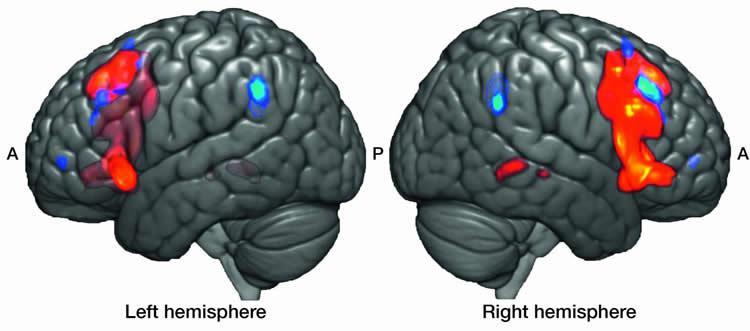Summary: Researchers reveal the right homologue of the Broca’s area plays a major role in the processing of music.
Source: Max Planck Institute.
Vincent Cheung, along with Angela Friederici, has been investigating non-local dependencies in music and trying to determine how the human brain processes them. In language and music, dependencies are conceptual threads that bind two things together. Non-local dependencies bind non-adjacent items. For example, in pop music, the second instance of a verse, following a chorus, would have a non-local dependency with the first instance of the verse. Experientially, it is clear to us that we are hearing a sequence that we have heard before. According to Cheung, composers use such devices to build up our expectations and elicit strong emotional responses to the music. But how does the brain recognize these patterns and what does this have to do with Paul Broca?
